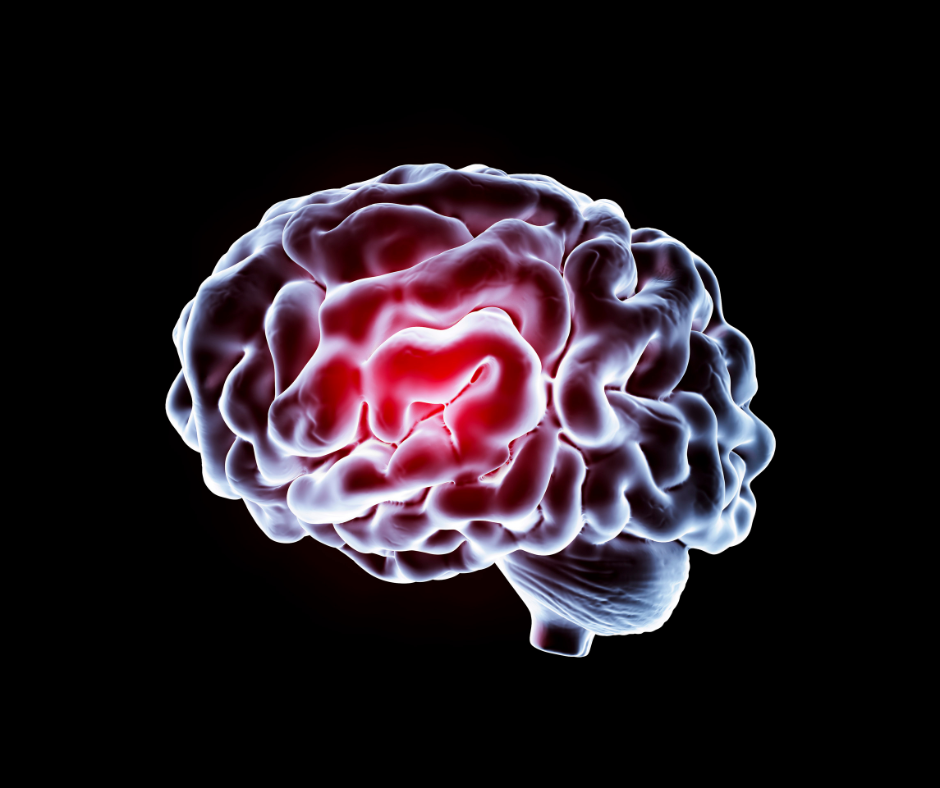What’s This Research About?
Researchers reviewed 34 brain imaging studies to better understand the impact of yoga on the brain’s structure and function. They also wanted to address inconsistencies across studies and highlight gaps in the literature. They hope their study will help improve future study designs.

TITLE: What has neuroimaging taught us on the neurobiology of yoga? A review
PUBLICATION: Frontiers in Integrative Neuroscience
DATE: 2020
AUTHORS: June van Aalst, Jenny Ceccarini, Koen Demyttenaere, Stefan Sunaert, and Koen Van Laere
Default mode network: The default mode network refers to a group of brain regions that are active when a person is not focused on a specific task, but rather daydreaming or mind wandering.
Functional study: These studies focus on how the brain acts and functions during specific tasks like meditating.
Grey matter: Grey matter in the brain contains the cell bodies of neurons and is abundant in the outer layer of brain tissue.
Hippocampus: Located deep in the temporal lobe, the hippocampus plays a major role in learning and memory.
Insula or insular cortex: This brain region is involved in self-awareness, empathy, and the perception of sensations from inside the body (interoception). The insula is often implicated in yoga and meditation studies.
Magnetic resonance imaging (MRI): A noninvasive imaging technique that allows researchers to view pictures of the anatomy of the human brain. MRI can also be used to better understand how different brain regions function during specific tasks.
Morphological study: These studies focus on the brain’s structure or morphology.
Positron emission tomography (PET): An imaging technique that uses radioactive molecules to obtain three-dimensional pictures of the brain or other areas of the body. PET imagers measure photons.
Prefrontal cortex: This brain region is in the frontal lobe and is involved with decision-making, cognition, addiction, and personality, among other things.
Single-photon emission computed tomography (SPECT): An imaging technique that uses radioactive molecules to obtain three-dimensional pictures of the brain or other areas of the body. SPECT imagers detect a form of light called gamma rays.

